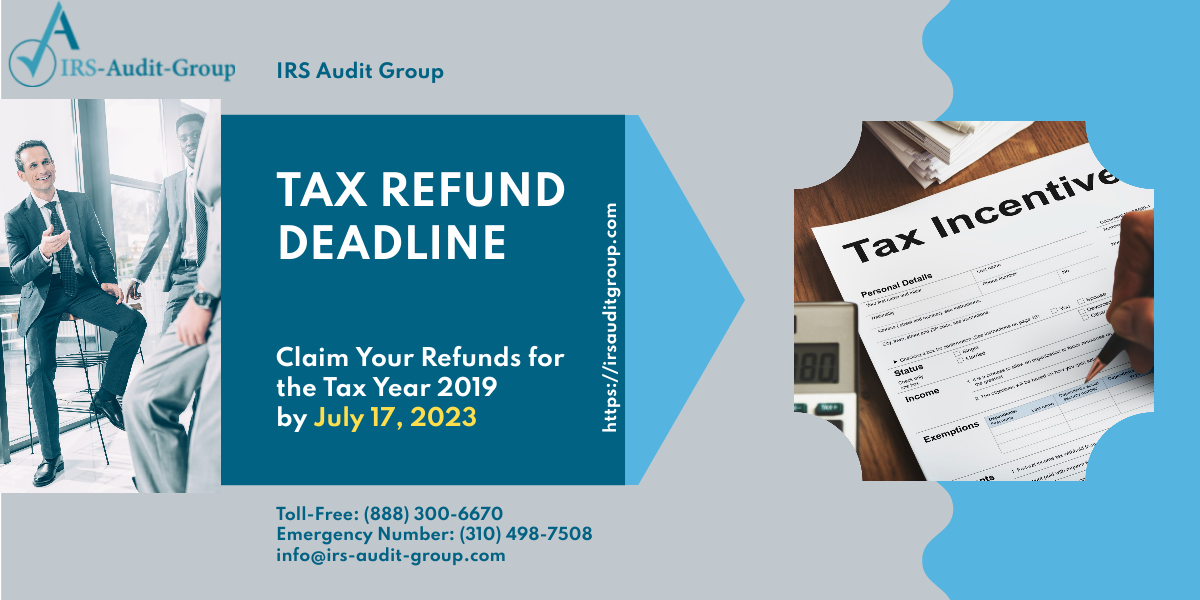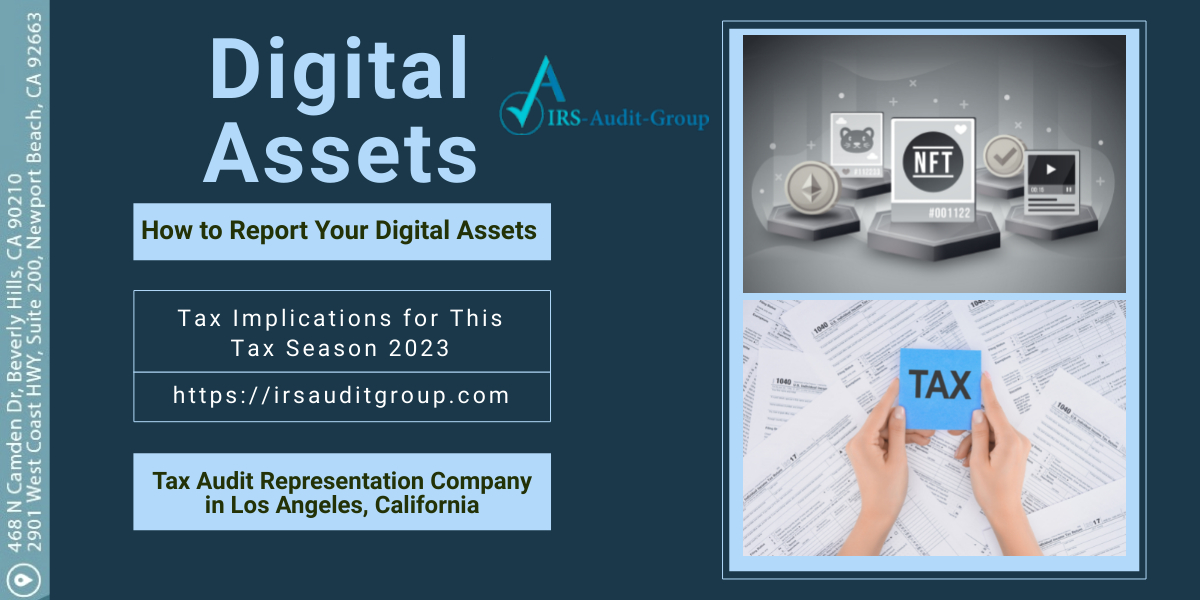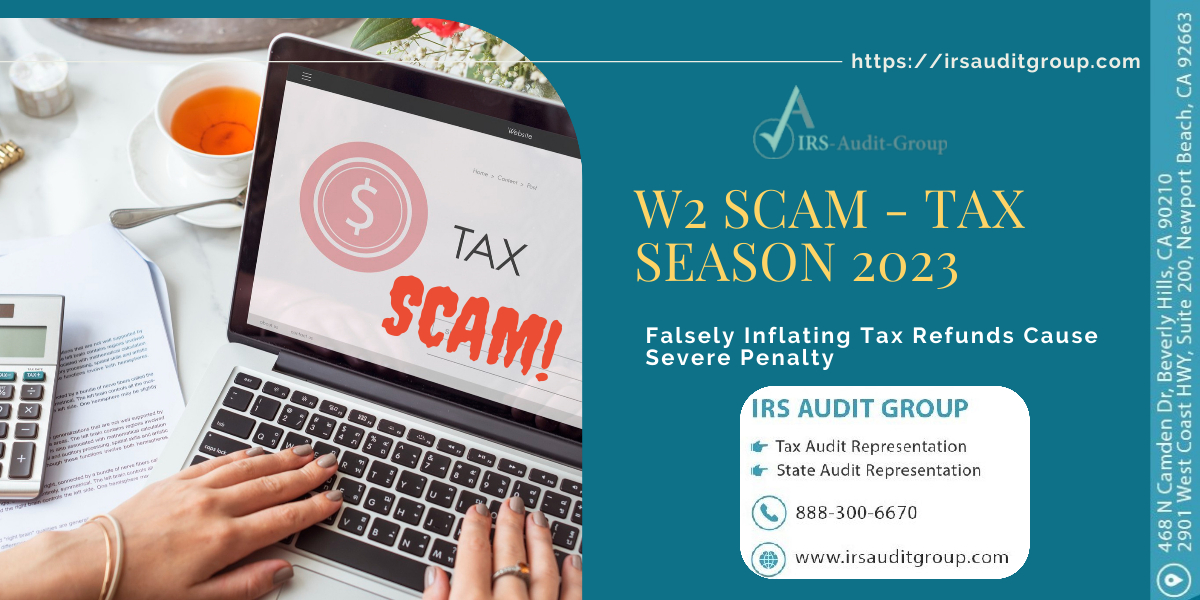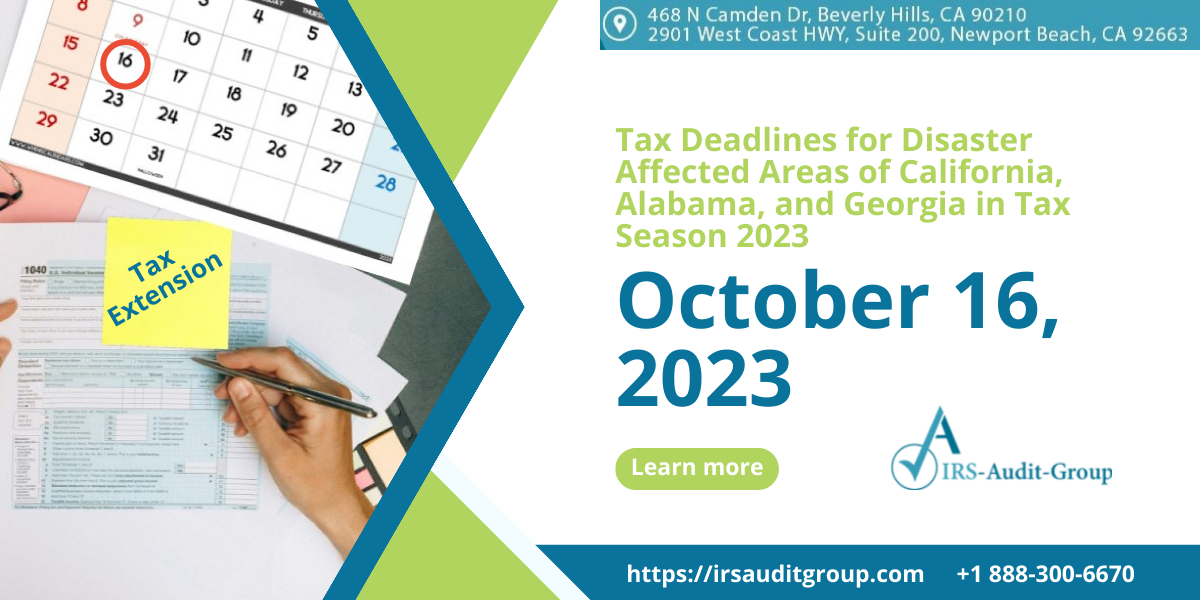Tax Season 2023’s due date for Tax-Exempt Organisations is May 15, 2023, to file returns. Numerous tax-exempt organizations have received reminders from the IRS on their forthcoming filing deadline of May 15, 2023. Tax-exempt organizations often need to submit certain reports by the 15th day of the fifth month after the end of their accounting period. However, if the 15th falls on a weekend or holiday, the due date is extended to the next business day.
What are Tax Exempt Organizations and Who Are Eligible?
Entities that are excused by IRS from paying federal income tax are known as Tax-exempt organizations. These organizations need to run solely for reasons of religion, charity, science, literature, education, or the prevention of cruelty to children or animals. Charitable organizations, churches and other religious institutions, educational institutions, hospitals, and social welfare organizations are examples of tax-exempt organizations. One can also find out whether an organization is tax-exempt using the IRS tool provided.
How to File the Returns for Tax Season 2023?
To make it easier to comply with reporting obligations, tax-exempt organizations are encouraged to file their returns electronically. Electronic filing provides a quick acknowledgment of the IRS receiving the return and reduces processing time. For the tax season 2023, organizations filing Form 990, 990-EZ, 990-PF, or 990-T must submit their returns electronically, and private foundations filing Form 4720 must also file the form electronically. Charities and other tax-exempt organizations can file these forms electronically using an IRS-authorized e-File Provider. Furthermore, organizations eligible to submit Form 990-N need to do so electronically and can use Form 990-N (e-Postcard) on the IRS website to file. By filing their tax returns electronically, tax-exempt organizations can comply with the reporting requirements quickly and efficiently.
Apply for an Extension of Time to File the Tax Returns for 2022
If a tax-exempt organization is unable to file its return by the due date, it can request an extension of time to file using Form 8868, Application for Extension of Time to File an Exempt Organization Return. This form must also be filed by the deadline of the tax season 2023, i.e., May 15, 2023. The extension provides an additional six months to file the tax return. However, the extension does not extend the time to pay any taxes owed, it only allows the organizations to file the returns at a later date. Organizations that cannot pay any taxes owed by the original due date may be subject to penalties and interest.
Avoid these Errors While Filing for the Tax Season 2023
Tax-exempt organizations can avoid penalties and interest by avoiding common errors when filing their tax returns. IRS warns of a few common mistakes such as
- Failing to file on time or requesting an extension.
- Not disclosing all sources of income, including income from unrelated businesses.
- Failing to disclose expenses accurately, such as compensation paid to officers and directors.
- Failing to include all necessary schedules and disclosures.
- Failing to maintain adequate records and documentation to support the tax return.
Tax-exempt organizations should take the appropriate precautions to ensure that their tax returns are filed accurately and on time to avoid errors, including maintaining thorough records, checking their tax forms before submitting them, and seeking expert assistance like a tax professional as needed.
In case one need assistance in filing or disputing the tax owed, the IRS Audit Group from Los Angeles can help. IRS Audit Group is a tax audit representation company that helps taxpayers navigate the audit process and ensure that their rights are protected during the audit. We review your tax records and returns, communicate with the IRS, represent you at the audit, and negotiate with the IRS so that you don’t have to go through a stressful process. We ensure the best possible outcome for the clients. Contact us for a free consultation.
https://irsauditgroup.com/contact/
Telephone Number: (310) 498-7508









